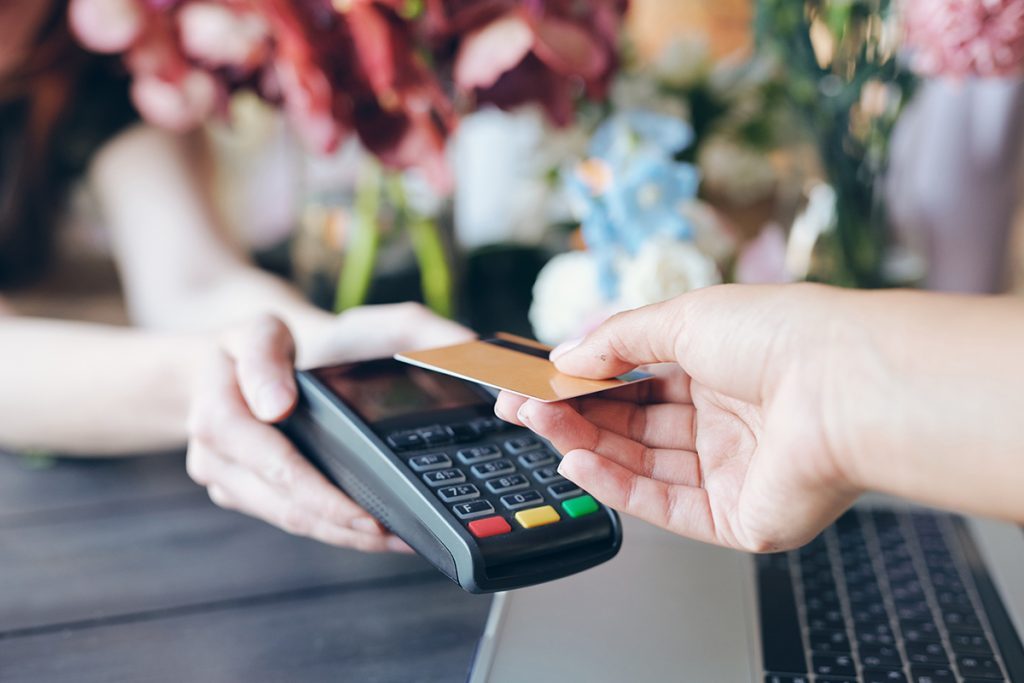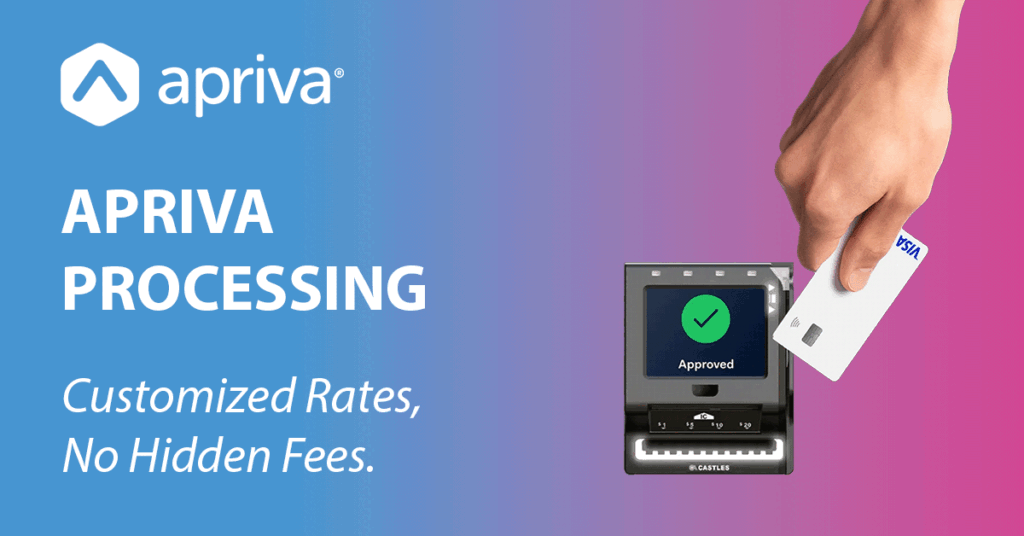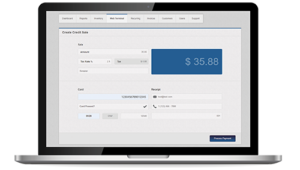The economy is reopening, but many businesses (and customers) are still learning the ropes of how to safely go about it. Thankfully, contactless payments are more possible than ever using technologies like near-field communications (NFC), and COVID-19 only accelerated the spread. Fintech like this – when combined with unattended vending machines, kiosks, other micro-markets – is increasingly evolving in the social distancing era.
Contactless payment solutions are now among EMV standards, with NFC chips built into payment cards, smartphones, and other devices. Every consumer has them in their wallets and pockets and on their wrists. They are prolific, and this transformation was done long before the novel coronavirus pandemic to increase security, transparency, and cover the financial liability of traditional payments. Your goal as a business owner should be to incorporate all of this payment data into one unified payment platform like Apriva. It’s the most efficient and secure way to accept payments, without sacrificing social distancing measures. Here’s how.
How COVID-19 Changed the Global Economy and Society
Regardless of which rock you live under, we’re all aware of COVID-19, with over 1.68 million confirmed cases in the U.S. alone. This respiratory infection caused unprecedented effects on the global economy, but coronaviruses themselves aren’t new. In fact, the CDC outlines seven viral variations that exist so far, and it stands to reason more mutations are on their way.
But the physiological effects of the virus are just one part of the total damage caused by this global outbreak. Record high unemployment rates, businesses closing, and debt forbearances are creating what some consider a black swan event. These unpredictable situations rarely occur, but the extreme impact of 2020’s pandemic cannot be understated. The entire global supply chains for goods, services, and labor were affected.
Social distancing measures like municipal lockdowns put the final nail in the coffins of struggling retailers, like Neiman Marcus, J.C. Penney, and J. Crew. Schools were closed and spending shifted, as consumer panic buying cleared store shelves of many essentials, like toilet paper and isopropyl alcohol. Meanwhile, masks became a divisive political topic – governments, businesses, and citizens seem to disagree on what the proper social distancing procedures should be.
Home delivery and curbside pickup are the new normal, as everyone struggles to remain safe. It’s in this tumultuous environment that alternative payment options became the new normal, and it starts with mobile payments.
The Rise of Mobile Payments
In 2019, there were approximately 950 million users of mobile payments, and analysts expect that number to grow to 1.31 billion by 2023. There are several factors contributing to this, as both tech and finance companies rush to find the perfect fintech to appease the market.
Smartphone manufacturers like Samsung, Google, and Apple made NFC standard in modern devices. Each of these companies (along with dozens of other competitors) also makes a mobile wallet that’s installed by default on their respective devices. This includes Apple Pay, Google Pay, and Samsung Pay. They’re also competing with payment platforms like Square, PayPal, and every bank or credit union’s mobile app. Even retailers like Walmart are getting in the game, both with CurrentC and Walmart Pay.
Smartphones only represent one touchless payment option being leveraged by these platforms. It’s estimated that over 180.96 wearable devices are connected to the internet these days, many of which use the smartphone for connectivity. Mobile payment options can be accessed through the smartphone without even pulling it out of your pocket using a smartwatch or other wearable.
Whether you use your phone or watch, retail terminals at major stores like Walmart, Home Depot, and Costco allow you to pay without needing to touch anything. Because modern smartphones act as computer hubs, your transactions can be fully secured using military-grade, end-to-end encryption. This nearly unbreakable communication method protects you from both physical and electronic viral infections.
Not only that, but the increased popularity of cryptocurrencies is solidifying electronic payments as the new normal. From retail transaction (in person or online) to transferring money between people, exchanging between currencies, and more, it’s clear that going digital with contactless payments is the new future. It’s not just happening on smartphones either – this financial technology is in your debit and credit cards too.
Accepting the New EMV Standards
If you’re not already aware, EuroPay/MasterCard/VISA (known collectively as EMV) is one of the most powerful partnership networks in the payments industry. These three companies set the standards for credit and debit cards and long maintained the interchange payment networks and gateways used by retailers worldwide. It wasn’t long ago that they moved from magnetic strip cards to NFC chips and required retailers to comply with these new technologies.
NFC chipped cards are now commonplace, and they can be accepted at POS terminals, unattended kiosks, vending machines, ATMs, and more. Although many kiosks are equipped with card readers where you need to physically insert your card, some retailers, gas stations, and convenience stores also installed the contactless payment options. It’s not just a matter of convenience – these EMV terminals help prevent fraud.
When someone wants to steal your bank information from a magnetic stripe card, it’s nearly as easy as taking the cash directly from you. Neither is a safe way of carrying currency, but EMV standards make it difficult to intercept the data being transferred. Even if it is intercepted, it’ll still end up looking like gibberish to potential thieves. This makes it a no brainer for retailers to adopt, and the COVID pandemic only accelerated this path.




